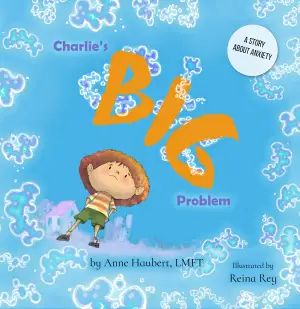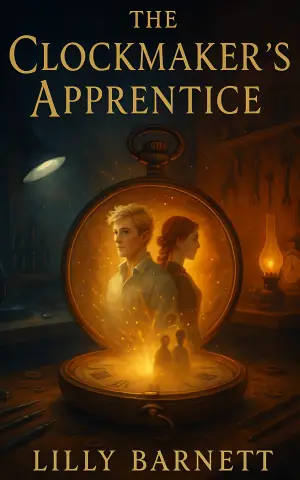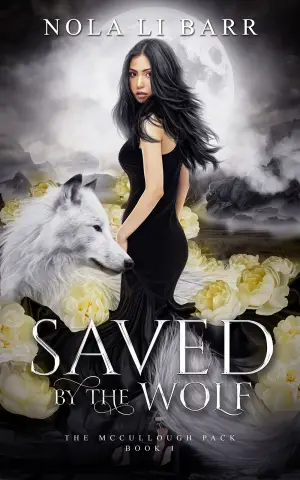Book Review: A Girl Walks Into the Forest by R. N. Roux
From the moment I caught a whiff of R. N. Roux’s A Girl Walks Into the Forest, I was enchanted and intrigued. The title alone called to mind tales of transformation, mystery, and raw nature. It promised a journey deep into the heart of both a mythical forest and the complexities of identity. As someone fascinated by the interplay of beauty, power, and trauma in storytelling, I felt drawn to Valla’s narrative. What I discovered was not just a reimagining of the familiar "beauty and the beast" trope, but a profound exploration of what it truly means to reclaim one’s identity amidst chaos.
In this striking tale, Valla emerges from the grim village of Arylik, initially valued only for her beauty, labeled as "Arylik’s flower." This designation, while seemingly a privilege, quickly reveals itself as a cage that limits her existence. Roux’s portrayal of Valla’s scarring, inflicted by the brutal rozhmaka, acts as a catalyst that shatters her old identity. Rather than offering a conventional restoration arc, the author invites both Valla and the reader to navigate the discomfort of disfigurement and the psychological trauma that accompanies such a loss. This unflinching examination resonated deeply with me, as I reflected on my own perceptions of beauty.
The journey through the Gottyar Wood is laden with tension and rich atmospheric detail. Roux’s background in horror is evident; the forest pulses with life, each shadow lurking with intent. I found myself captivated by the vibrant imagery and the horrific beauty of a landscape that is as much a character as Valla herself. The mythical Baba Yaga plays a pivotal role, both maternal and monstrous, embodying the story’s moral complexities. Roux avoids simplifying her motivations, painting a nuanced portrait of a figure who uses brutality in a struggle for justice.
One of the novel’s most remarkable achievements is in its portrayal of character evolution. Valla’s transformation from a passive victim into a powerful figure is messy and authentic—something that felt refreshingly realistic. Her connection with her severely injured brother Gavril provided an emotional core that grounded the story, illustrating the enduring bonds of love amid trauma.
Roux has a way with words that evolves alongside Valla’s journey. Early lyrical passages give way to darker, primal prose as Valla begins to embrace her powers. This evolution is mirrored beautifully in the pacing of the narrative; Roux builds tension masterfully, allowing the reader to sink into the discomfort of Valla’s plight before instigating her transformative arc.
However, not everything is flawless. Some supporting characters felt underdeveloped, and I yearned for a deeper exploration of the Count’s backstory to enrich the central conflict. Still, these minor bumps didn’t detract significantly from my overall enjoyment.
Can a story tackle beauty standards and trauma while simultaneously being a gripping fantasy? Roux answers this with a resounding yes. For readers willing to plunge into a tale filled with complex themes and visceral imagery, A Girl Walks Into the Forest offers a rich, haunting journey. It’s a fairy tale reshaped into something fierce, challenging, and ultimately hopeful.
If you find joy in stories steeped in folklore, character-driven narratives, and dark reflections on society, this book may just become a cherished read. For me, it was an experience that lingers, encouraging introspection as I pondered the messy, beautiful interplay of identity and power.
Discover more about A Girl Walks Into the Forest on GoodReads >>

















